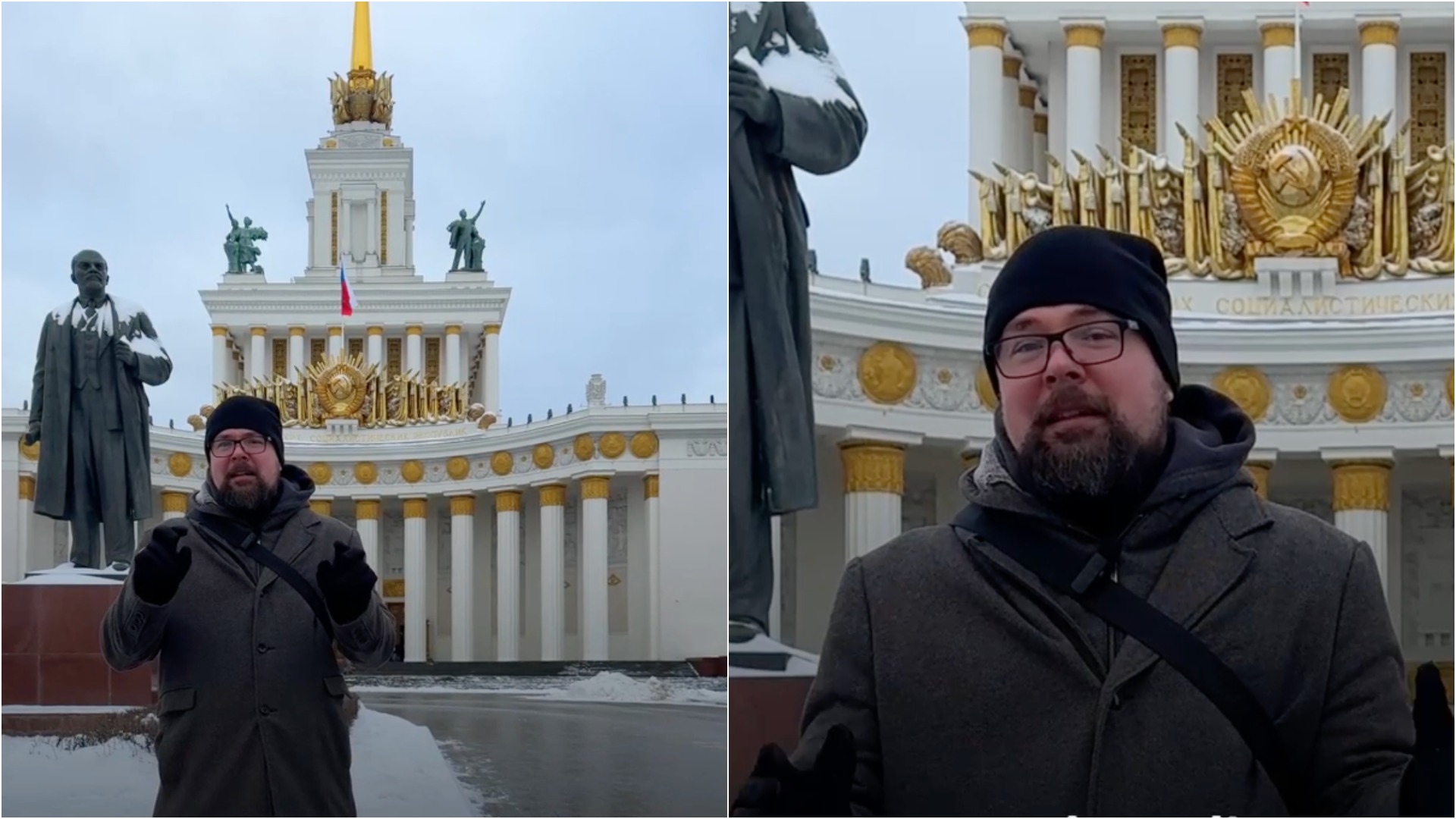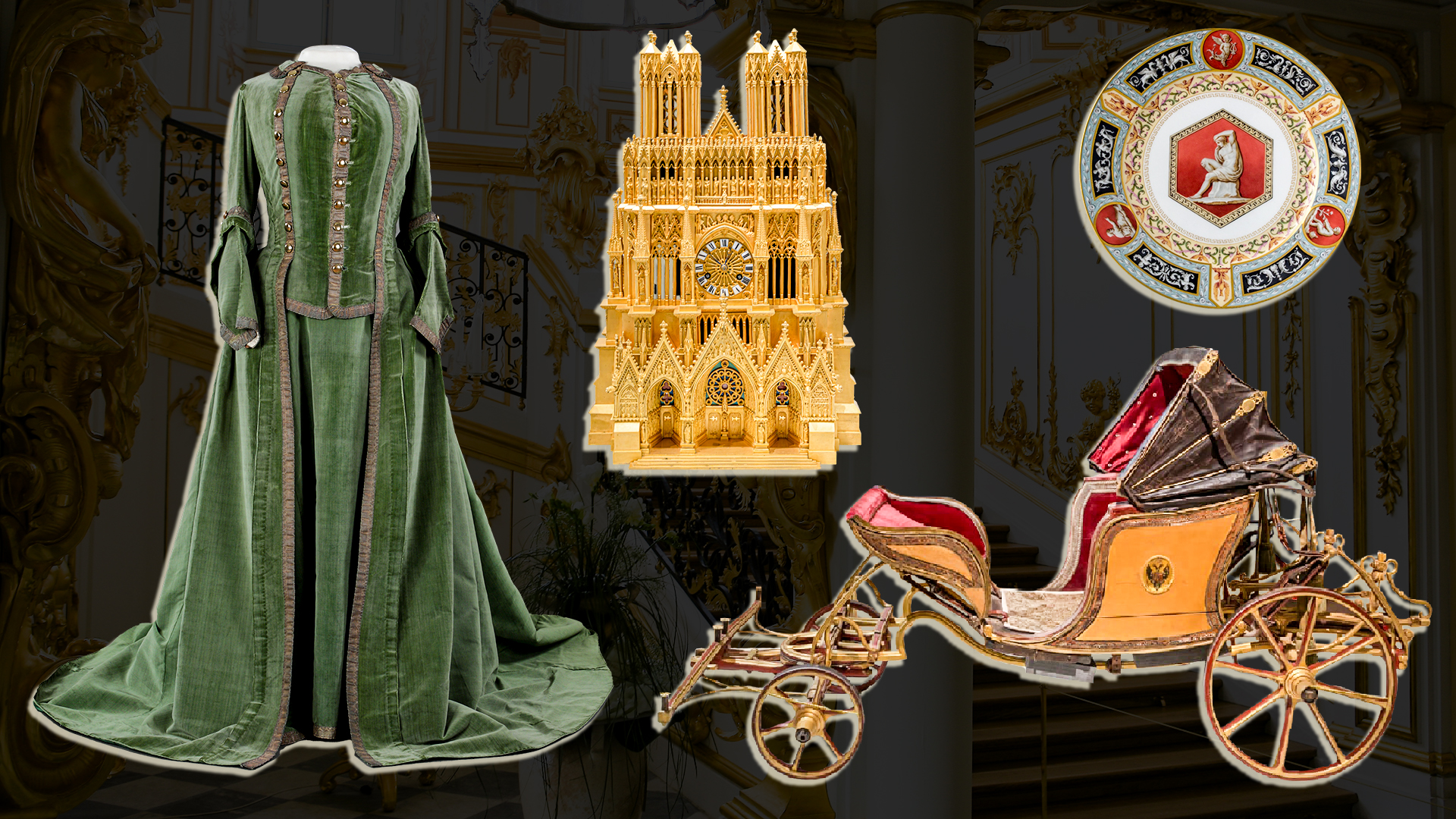
Why is the Moscow Metro so deep?

 Maryina Roscha station.
Maryina Roscha station.
The Moscow Metro is notable for its deep stations (more than 20 meters) in the central part of the city and shallow stations on the outskirts. The station ‘Park Pobedy’ is at a depth of 73 meters, ‘Maryina Roshcha’ - 72, ‘Chekhovskaya’ - 62, ‘Sretensky Bulvar’ - 60. The exceptions are the very first stations constructed in the 1930s: ‘Kropotkinskaya’ (13 meters) and ‘Alexandrovsky Sad’ (7 meters).

It’s easier and cheaper to build small and shallower stations, but it was not possible to do it in the city center at that time. Firstly, active development of Moscow began. Secondly, the open method is only possible in case of solid, dry soil and there are a lot of underground rivers and floaters, i.e. soils saturated with water, in the center. Thirdly, at the end of the 1930s, it was already obvious that the stations should also function as bomb shelters.

Today, deep stations are built only where there is a danger of ground subsidence, including due to dense buildings. Some stations on the Big Ring Line pass under busy neighborhoods and it was necessary to build them at a safe depth. At the same time, most modern stations have retained the functions of emergency shelters.














